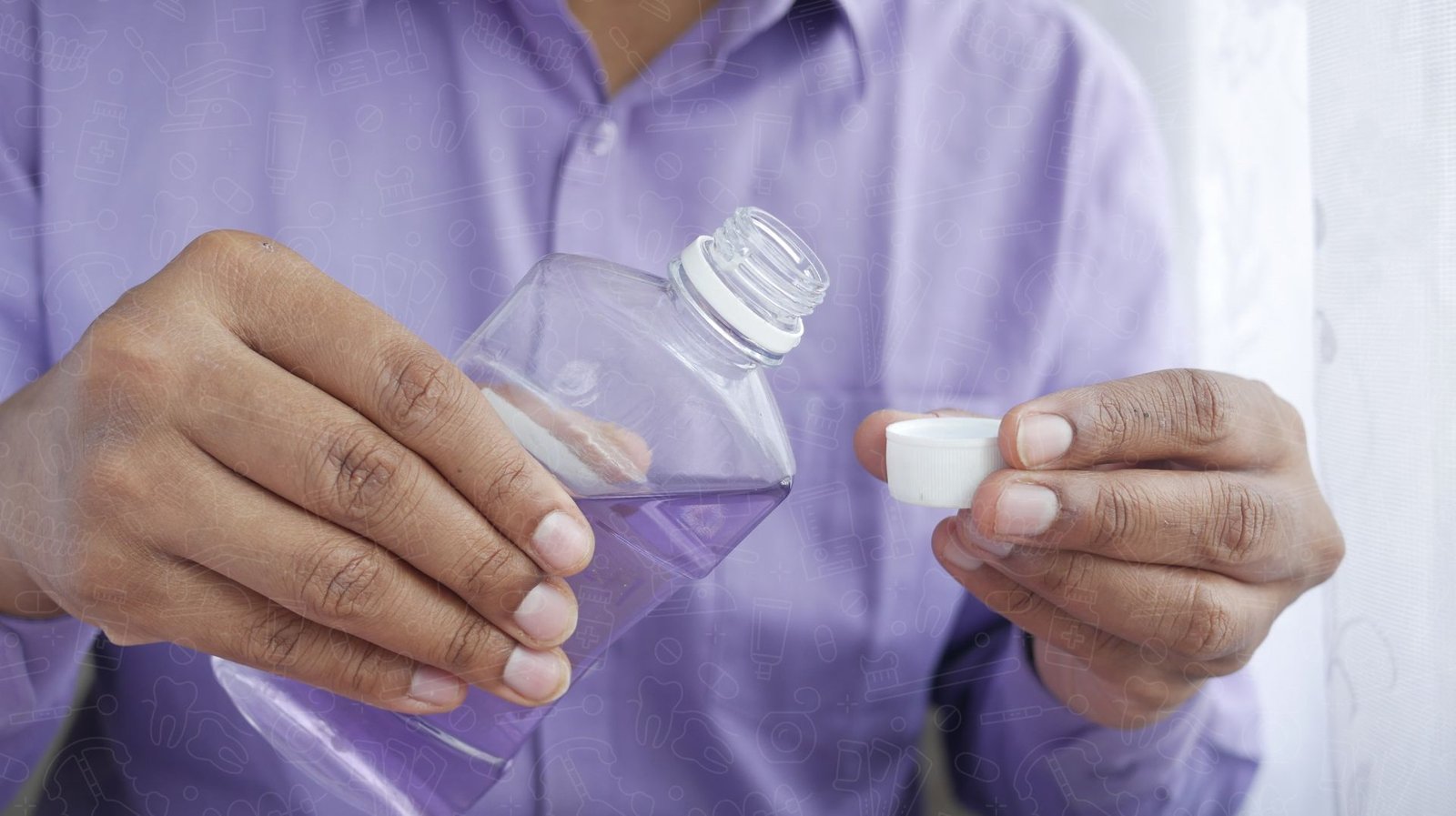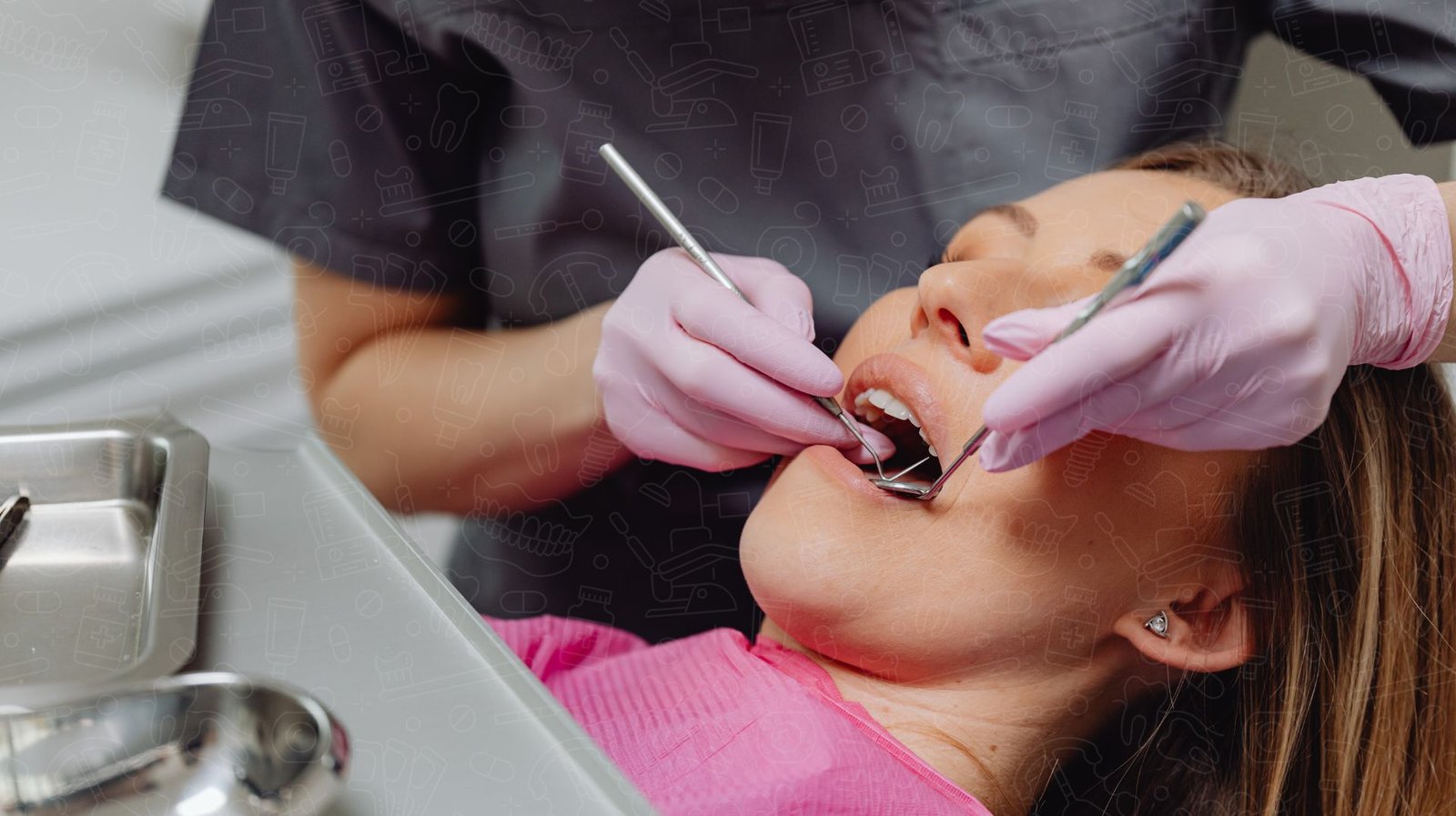Understanding Nitrous Oxide in Dentistry
Nitrous oxide, popularly known as “laughing gas,” serves as a pivotal element in modern dentistry, renowned for its effectiveness in alleviating patient anxiety and discomfort. As a colorless, non-flammable gas, nitrous oxide is administered through a small mask, allowing patients to comfortably inhale a precise blend of nitrous oxide and oxygen. This unique method of sedation allows patients to experience a sense of euphoria while remaining fully aware and responsive during dental procedures, which is crucial for both patient comfort and treatment efficacy.
In dental practice, nitrous oxide is highly valued for its rapid onset and easy adjustability, enabling professionals to customize sedation levels based on individual patient needs. Many patients find that this gas not only calms their nerves but also diminishes their perception of pain, transforming potentially stressful visits into more pleasant experiences. The immediate recovery post-administration adds to its appeal, allowing individuals to resume their daily activities without significant interruption.
As anxiety and discomfort are common hurdles in dental care, nitrous oxide emerges as an essential tool in fostering a more relaxed and reassuring environment for patients. This article delves into the various benefits, safety considerations, and ideal candidates for nitrous oxide use in dentistry, showcasing its substantial role in enhancing patient care and promoting a positive health experience.
Understanding Nitrous Oxide in Dentistry
Nitrous oxide, commonly referred to as “laughing gas,” is a colorless, non-flammable gas that has been widely used in dentistry for its sedative properties. It is administered through a small mask placed over the patient’s nose, allowing them to inhale a mixture of nitrous oxide and oxygen. This method of sedation is particularly favored for its ability to induce a state of relaxation while maintaining patient consciousness, which is essential during various dental procedures.
In the dental setting, nitrous oxide serves as a safe and effective means to alleviate anxiety and discomfort, making it a popular choice among both dentists and patients. Its rapid onset and easy adjustability make it a versatile option, allowing dental professionals to tailor the sedation levels according to the specific needs of each individual. Patients often report feelings of euphoria and a sense of detachment from their surroundings, which can significantly enhance their experience during treatment.
The use of nitrous oxide in dentistry not only promotes a calm atmosphere but also addresses pain sensitivity, helping patients to manage the emotional and physical discomfort associated with dental visits. Its effectiveness, combined with a quick recovery phase once the gas is discontinued, highlights nitrous oxide’s role as a valuable tool in modern dentistry aimed at improving patient care and overall experience during treatments.
Key Benefits of Nitrous Oxide for Dental Patients
Nitrous oxide, often referred to as “laughing gas,” is recognized in dentistry for its numerous benefits that enhance patient experiences during dental procedures. One of the primary advantages is its ability to significantly reduce anxiety in patients. Many individuals feel apprehensive about visiting the dentist, and nitrous oxide creates a sense of calm, making the experience more pleasant.
In addition to alleviating anxiety, nitrous oxide also provides effective pain relief. As a sedative, it alters the perception of pain, allowing patients to undergo procedures with minimal discomfort. This combination of anxiety reduction and pain management makes nitrous oxide an appealing choice for both patients and dentists.
Another significant benefit is the quick recovery time associated with nitrous oxide use. Unlike other sedation methods, patients can often resume their normal activities almost immediately after treatment. This immediate recovery is particularly advantageous for those with busy schedules or commitments following their dental visits.
Furthermore, the administration of nitrous oxide is straightforward and allows for precise dosage adjustments by the dentist, ensuring optimal comfort throughout the procedure. With these compelling advantages, nitrous oxide remains a popular and effective option for many patients seeking stress-free dental treatments.
How Nitrous Oxide Enhances Patient Comfort
Nitrous oxide, often referred to as “laughing gas,” plays a significant role in creating a more comfortable environment for patients undergoing dental treatments. This colorless and odorless gas is administered through a mask and inhaled, allowing its calming effects to take hold almost instantly. By inducing a state of sedation, nitrous oxide effectively alleviates anxiety, making dental visits less stressful and more manageable.
One of the critical ways nitrous oxide enhances patient comfort is through its ability to diminish the perception of pain. While it does not completely numb the area being treated, many patients report a significant reduction in discomfort during procedures. This effect, combined with its fast-acting nature, contributes to an overall more positive dental experience.
Moreover, the sedation provided by nitrous oxide is easily adjustable, allowing dental professionals to tailor the dosage to meet individual needs. As the effects wear off quickly after the procedure, patients can resume their normal activities almost immediately, further contributing to their comfort and satisfaction.
In summary, nitrous oxide is an effective tool in dentistry that fosters a relaxed atmosphere, reduces anxiety, and helps manage pain, thus enhancing patient comfort during dental treatments. This method ensures that even those with dental fears can receive the care they need without undue distress, promoting better oral health outcomes overall.
Comparing Nitrous Oxide to Other Sedation Options
Nitrous oxide, commonly known as laughing gas, is a popular sedation method in dentistry due to its unique properties. When comparing nitrous oxide to alternatives such as oral sedatives and IV sedation, several factors come into play, including onset time, level of sedation, and recovery. Nitrous oxide is inhaled and provides rapid onset within minutes, making it ideal for dental procedures that require immediate relaxation.
In contrast, oral sedatives, while convenient, often take longer to take effect and may lead to prolonged drowsiness. IV sedation offers a deeper level of sedation, which can be beneficial for extensive procedures, but it also requires intravenous access and monitoring. This increases the complexity and may not be suitable for all patients.
Another advantage of nitrous oxide is its safety profile. Most patients can tolerate nitrous oxide well, with minimal risks or side effects, whereas other sedation methods may carry more significant complications. Additionally, nitrous oxide allows patients to maintain their physical reflexes, enabling them to respond to the dentist’s instructions throughout the procedure.
Overall, nitrous oxide stands out as a versatile option that balances effectiveness with patient comfort and safety, making it an excellent choice for many dental patients seeking sedation.
Safety and Side Effects of Nitrous Oxide Use
Nitrous oxide is widely recognized for its safety profile, especially in the field of dentistry. This colorless gas, commonly referred to as “laughing gas,” is utilized for its calming effects, enhancing patient comfort during various dental procedures. Research indicates that when administered in controlled doses by trained dental professionals, nitrous oxide poses minimal risks.
While nitrous oxide is generally safe, patients should be informed about potential mild side effects. These may include light-headedness, nausea, or minor headaches after the procedure. Such side effects are typically transient and resolve quickly once the gas is discontinued. Additionally, patients may experience a feeling of euphoria or detachment, contributing to the discomfort relief associated with dental treatments.
Dental practitioners routinely assess patient medical histories to ensure safety when considering nitrous oxide. It is also critical that patients disclose any pre-existing medical conditions, including respiratory issues or vitamin B12 deficiencies, which might influence nitrous oxide safety or effectiveness.
Overall, the benefits of nitrous oxide sedation in managing anxiety and discomfort during dental visits far outweigh the potential side effects for most individuals. By prioritizing patient safety and comfort, nitrous oxide remains a valuable tool in modern dentistry, making procedures more tolerable for those who experience fear or anxiety related to dental care.
Who Can Benefit from Nitrous Oxide During Dental Visits
Nitrous oxide, commonly known as “laughing gas,” is a versatile sedation option in dentistry that benefits a range of patients. Primarily, individuals suffering from dental anxiety find nitrous oxide especially helpful, as it reduces stress and promotes relaxation during procedures. This makes it an ideal choice for those who experience fear or nervousness at the dental office.
Children are often suitable candidates for nitrous oxide sedation as well. Its rapid onset and quick recovery time help to ease young patients into dental treatments, allowing them to overcome apprehension and have a more positive experience. Moreover, this sedation technique can facilitate essential dental work in pediatric patients without the need for more invasive sedation methods.
Patients with special needs or those undergoing lengthy dental procedures may also find nitrous oxide beneficial. This method allows them to remain calm and cooperative, minimizing movement during treatment. Additionally, nitrous oxide can be advantageous for individuals who have a low pain threshold, ensuring a more comfortable experience while addressing dental issues.
It is essential to consult with a dental professional to assess the appropriateness of nitrous oxide for each individual. By evaluating factors such as medical history and specific dental needs, dentists can recommend the best sedation methods tailored to enhance comfort and ease anxiety during dental visits.
Conclusion: The Essential Role of Nitrous Oxide in Modern Dentistry
In conclusion, nitrous oxide plays a vital role in revolutionizing patient experiences within modern dentistry. As a safe and effective sedative, it significantly alleviates anxiety and pain perception, transforming potentially intimidating dental visits into more relaxed and manageable encounters. This versatility is especially beneficial for patients, including those with dental phobias, children, and individuals requiring extensive procedures.
The rapid onset and swift recovery times associated with nitrous oxide ensure that patients can quickly return to their daily routines, making it a practical option for dental care in today’s fast-paced world. Furthermore, dentists appreciate its adjustability in sedation levels, allowing for tailored patient experiences that can be fine-tuned according to individual needs.
As the dental community increasingly focuses on patient-centric care approaches, understanding the benefits and applications of nitrous oxide is essential. For anyone considering dental treatments, discussing the potential use of nitrous oxide with a qualified dental professional can foster a greater sense of comfort and assurance. Overall, nitrous oxide stands out as an indispensable tool that enhances overall treatment satisfaction and promotes healthier dental habits for all patients.





